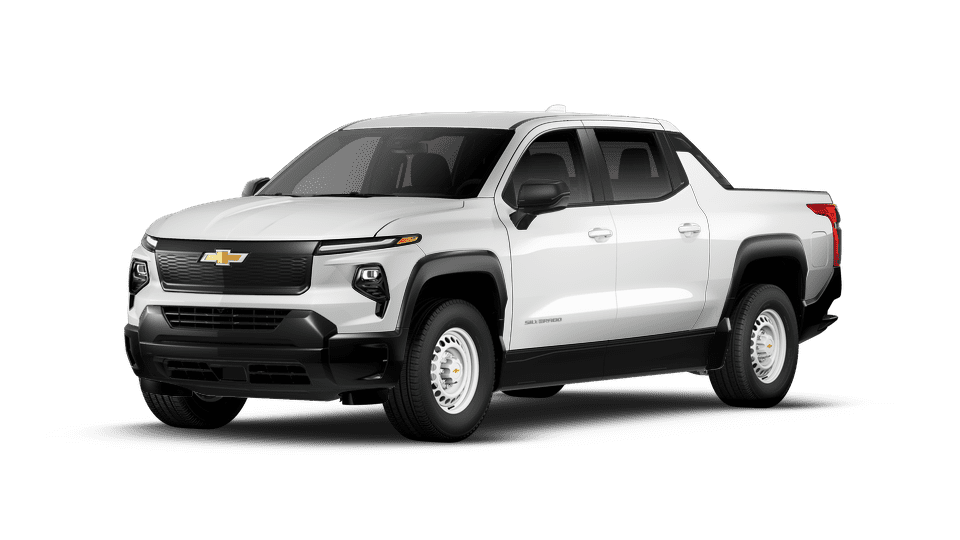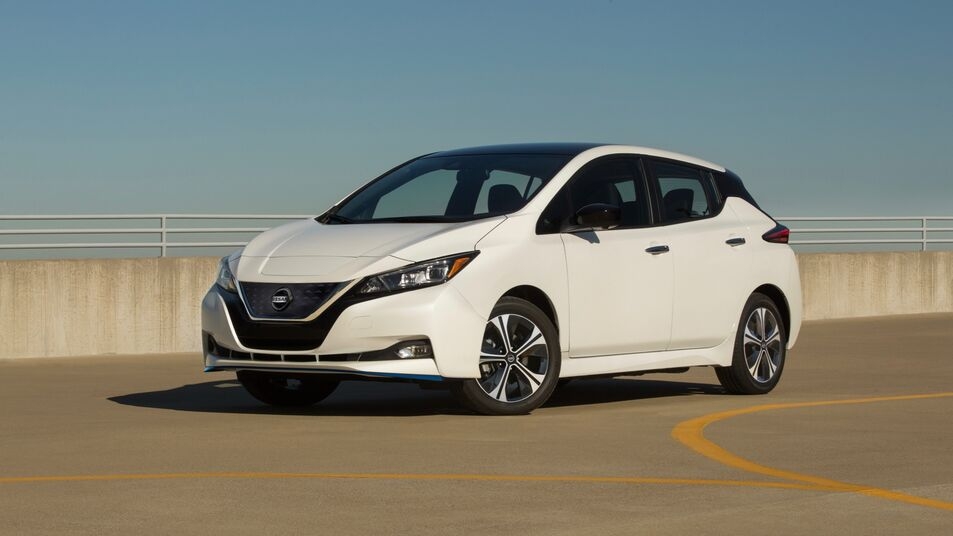If you’re looking at electric pickup trucks in 2025 and thinking, maybe now’s the time, you’re not alone. We’re seeing used EV trucks finally hit the market in real volume — and for the first time, the numbers actually make sense. Prices are down. Warranties are still active. And the early adopters have worked out most of the bugs.
But here’s the truth: not all electric trucks are built to last. And when you’re talking about something as complex — and expensive — as a battery-powered workhorse, the last thing you want is a six-figure gamble disguised as a good deal.
We’ve driven them. We’ve followed the forums. We’ve talked to owners who tow, camp, work, and daily drive these trucks in snow, heat, and mud. This blog isn’t just another roundup. This is the real-world guide to which used electric pickups are worth buying in 2025 — and which ones you should leave right where they’re parked.
Why 2025 Is the First Year Used Electric Trucks Are Actually Worth Buying
Let’s start here. You couldn’t really buy a used electric truck in 2021. You’d be lucky to see one. These things were backordered for months. Dealerships were marking them up $10K over sticker. Early Rivians were changing hands like exotic collectibles. Ford dealers couldn’t keep Lightnings on the lot. And Tesla’s Cybertruck? It was still a meme.
But a lot’s changed.
Rivians have been on the road for a couple years now. Ford’s F-150 Lightning has gone through recalls, OTA updates, and a lot of miles. Hummer EVs have trickled out in volume. Tesla finally delivered Cybertrucks. Chevy’s Silverado EV started showing up late last year. And all those 36-month leases? They’re starting to return.
That means in 2025, for the first time, the used electric truck market is real. Prices are softening. Battery data is visible. And you can find real examples with service records, range tests, and full usage history.
And that opens the door for buyers who want the torque, tech, and tax credit benefits of an EV — but without paying $90,000+ for a new one.
What Matters Most When Buying a Used Electric Truck
Electric trucks aren’t just gas trucks with batteries. They behave differently. They wear differently. They lose range. They don’t all charge at the same speed. And some age better than others.
If you’re shopping used in 2025, here’s what actually matters — not the marketing, but the mechanical truth.
Battery health is everything.
Not range, not speed, not towing specs on a brochure. You need to know how much of the original battery capacity still remains. If it started with 300 miles and now it gets 240, you’ve lost 20 percent — and that’s not unusual. But if it’s down to 200 or below? You’re either walking or charging twice as often as you expected. Ask for battery diagnostic reports. Look for trucks still under warranty (most are 8 years/100,000 miles). And pay attention to how often it was fast charged — that degrades battery health over time.
Range under load is the next piece.
You’ll see trucks advertised with 300-mile range. That’s best case. No cargo. Warm weather. Steady speeds. The moment you add a trailer or load it up with gear, expect to lose a third to half of that. Some F-150 Lightnings towing even modest loads struggle to crack 150 miles per charge. Cold weather? Subtract more. Don’t shop based on empty range — shop based on usable range with the way you’ll actually drive.
Charging matters more than you think.
Older EVs may use 400V architecture. Newer ones — like the Silverado EV or Cybertruck — are running 800V. That means way faster charging, which is critical if you drive long distances. Even among 400V trucks, some only charge at 150 kW while others like Rivian peak higher. The faster it charges, the less downtime. That adds up.
Then there’s the software.
Most of these trucks get over-the-air updates. That’s good — unless the previous owner didn’t keep up. Or worse, they skipped updates that fixed key bugs. Check the software version. Look for any missing updates or features that require subscriptions. You want a truck that’s been kept current — not one that’s frozen in 2022 and missing the latest fixes.
And finally: what was it used for?
Some of these trucks were weekend cruisers. Others were fleet workhorses. High mileage isn’t a dealbreaker on its own, but hard towing, daily fast-charging, and cold-weather abuse can wear a truck out in ways mileage won’t show. Read service records. Look at tire and brake wear. Ask where it lived. A truck from Arizona will age differently than one from Minnesota.
What to Buy: Used Electric Trucks That Are Actually Worth the Money
Let’s get into it. These are the electric trucks we’d actually recommend buying used in 2025 — the ones we’ve driven, researched, and watched closely as they’ve matured.
The Ford F-150 Lightning is still the safest bet for most buyers. It feels like a regular F-150 in all the right ways. The cabin is familiar. The drive is quiet. And the range is decent — especially if you get the extended-range battery. Early models from 2022 and 2023 are now landing between $45K and $60K depending on trim. If you’re not towing cross-country, this is the most seamless EV truck experience out there. Just make sure you get the OTA updates. Some had software gremlins that were fixed later.
The Rivian R1T is still the sweet spot for people who want performance and polish. It’s not as big as a full-size truck, which some people love and others don’t. But it drives beautifully, handles rough terrain like a beast, and has one of the best software interfaces in the EV world. Quad-motor versions are fast but more complex to maintain. Battery packs vary — make sure you’re getting the Large or Max if range is a priority. Used prices have dropped to the $55K–$65K range for well-equipped 2022 models.
The GMC Hummer EV Pickup is the wildcard. It’s massive. It’s overkill. But if you want something totally different, and you can live with 9,000 pounds of truck, it’s a riot. The battery is huge, which helps with range — even when towing. The 800V charging is fast. The 4-wheel steering and Crab Walk are fun gimmicks that actually help in tight spots. Downsides? It’s big, heavy, and not exactly cheap to fix. Used prices hover around $75K–$85K, which is down from over $110K new.
The Chevrolet Silverado EV just started arriving, so used ones are rare. But if you can find a 2024 fleet or resale unit, the WT (Work Truck) version is surprisingly good. It has real range — over 400 miles — and Ultium battery tech that seems solid. Early bugs are still being worked out, but this one’s worth watching. Expect to pay $65K–$75K if you can find one.
Tesla Cybertruck is… complicated. Some love it. Some hate it. But early used ones are already turning up in the wild. The stainless body is a nightmare to repair, so be careful. But if you want cutting-edge performance, instant torque, and seamless integration with Tesla’s Supercharger network, it delivers. The ride is firm. The design is polarizing. The software still has bugs. But the resale value is holding — and if you can score one under $90K, you’re ahead of most.
What to Avoid — Or at Least Approach With Caution
There are trucks we’d pass on — at least for now. That includes early preproduction or demo models with unknown battery health. Avoid any truck with incomplete software history, heavy towing use, or a lot of DC fast charging logged in the diagnostics. And definitely skip trucks without battery warranty remaining — unless you want to risk a $20,000 battery swap on your own dime.
We’d also be cautious about very high-mileage R1Ts and first-run Hummers that lived in snow states without proper corrosion protection. Battery degradation in cold climates is real, and if thermal management wasn’t functioning perfectly, range loss can be steep.
And don’t chase the lowest price. If it looks too good to be true? It usually is. A cheap Lightning with bad charging habits or a missing warranty is just a ticking battery bill.
What We Think
This is the year used electric trucks finally clicked. It’s not hype anymore. The prices have come down. The service records are available. The first wave of ownership is over. And for buyers who do the research, there’s real value on the table.
We’d buy a used Ford F-150 Lightning in a heartbeat — especially a low-mileage Lariat with the extended battery. It’s not flashy, but it just works. For performance? Rivian R1T still feels like the right mix of size, handling, and torque. Want to stand out? Hummer EV. Want to go weird? Cybertruck. But all of them are finally viable.
The key is doing your homework. Ask for battery health reports. Check fast-charging history. Look past the sticker price and think about how you’ll really use the truck. Are you towing? Camping? Commuting? Each use case changes the equation.
Electric trucks aren’t for everyone — but they’re not experiments anymore either. They’re trucks. And in 2025, they’re finally starting to make sense secondhand.
Keep your eyes open. Check the history. And when you find the right one? You’re not just buying a used truck — you’re buying into the next era of driving. Quiet torque, fast charging, and zero tailpipe fumes.
That’s something worth parking in your driveway.






